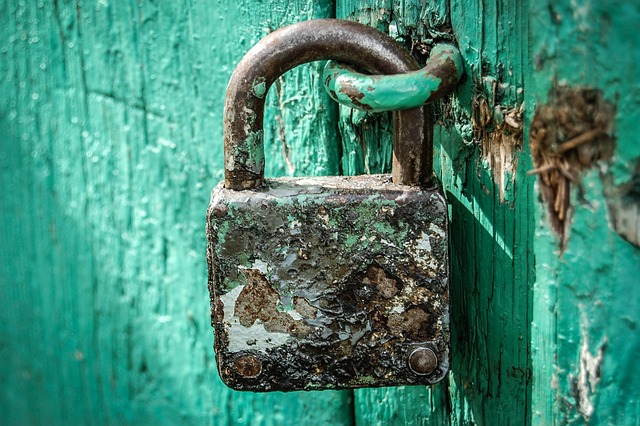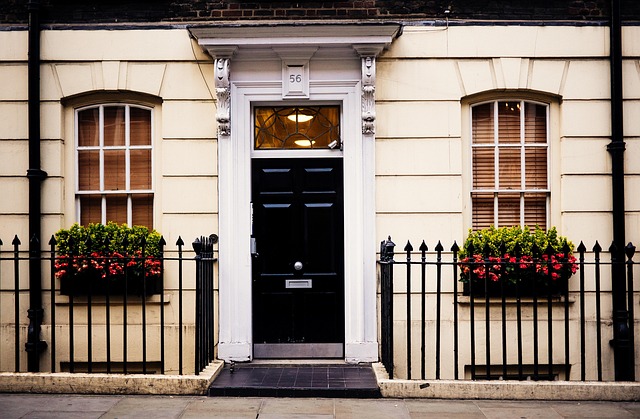Senior mobility challenges significantly impact older adults' well-being and safety. Smart lighting technologies, especially motion sensor lights, offer a promising solution by automatically illuminating pathways to reduce fall risks at night. Integrating these with other elderly home monitoring devices like fall detection sensors and medical alert systems creates an interconnected senior-friendly security network, enhancing independence and peace of mind for seniors and caregivers. Motion-activated lighting serves as an early warning system for potential hazards, while integrated smart home safety systems ensure immediate assistance during emergencies, promoting independent living for the elderly.
In today’s digital era, enhancing senior home safety systems is paramount. Motion-activated lighting emerges as a game-changer in improving mobility and overall well-being for the elderly. This article delves into the innovative use of smart lighting technology, exploring its role in fall detection devices and how it complements existing elderly home monitoring systems. By integrating motion sensors with medical alert systems for seniors, we can foster a safer environment, utilising senior-friendly security cameras to prevent accidents without intruding on privacy.
- Understanding Senior Mobility Challenges and the Role of Smart Lighting
- Benefits of Motion-Activated Lighting for Seniors' Safety
- Integrating Motion Sensors with Existing Elderly Home Monitoring Systems
- Best Practices for Implementing Motion-Sensor Lights in Senior Living Spaces
Understanding Senior Mobility Challenges and the Role of Smart Lighting

Senior mobility can be significantly impacted by various factors such as age-related physical decline, cognitive impairment, and environmental hazards often present in homes. This poses unique challenges for their overall well-being and safety. Many seniors struggle with navigating their living spaces, increasing the risk of falls and accidents. Understanding these challenges is crucial to developing innovative solutions that enhance senior home safety systems.
Smart lighting technologies emerge as a promising approach to tackling mobility issues. Motion sensor lights for seniors are designed to detect movement and automatically illuminate pathways, making it easier for them to move around safely at night. Integrating such lighting systems with other elderly home monitoring devices, like fall detection sensors and medical alert systems for seniors, can create an effective senior-friendly security network. This interconnected ecosystem ensures that any potential issue is promptly addressed, fostering a sense of independence while providing peace of mind for both seniors and their caregivers.
Benefits of Motion-Activated Lighting for Seniors' Safety

Motion-activated lighting offers numerous advantages for enhancing senior home safety and promoting mobility. One of its key roles is in preventing falls, which is a significant concern for elderly individuals. By automatically illuminating paths and spaces as movement is detected, these lights ensure better visibility during night walks or unexpected trips, reducing the risk of accidents. This feature is particularly beneficial in low-light conditions or during power outages, situations that can be risky for seniors navigating their homes alone.
Moreover, motion sensors integrated into lighting systems can serve as early warning signs of potential hazards. For instance, a sudden burst of light when an elderly resident enters a room can alert them to obstacles or unfamiliar surroundings, helping them navigate safely. Additionally, these smart home safety solutions often double as part of comprehensive senior-friendly security systems, including medical alert devices and fall detection technology, ensuring immediate assistance in case of emergencies.
Integrating Motion Sensors with Existing Elderly Home Monitoring Systems

Integrating motion sensors with existing senior home monitoring systems offers a comprehensive approach to enhancing safety and mobility. These advanced sensors can be seamlessly incorporated into various devices, from smart cameras to lighting fixtures, creating an interconnected network for improved care. When coupled with medical alert systems for seniors and fall detection devices, motion sensors become powerful tools in the event of an emergency. For instance, a senior-friendly security camera equipped with motion detection can notify caregivers or family members instantly if a fall occurs, enabling prompt response through emergency response systems for elderly.
Moreover, motion sensor lights for seniors can be set to activate automatically when someone enters a room, reducing the risk of trips and falls by providing well-lit environments. This simple yet effective integration enhances the overall smart home safety for elderly individuals, ensuring they can navigate their homes with greater ease and peace of mind.
Best Practices for Implementing Motion-Sensor Lights in Senior Living Spaces

When implementing motion-sensor lights in senior living spaces, it’s crucial to prioritize safety and accessibility. Start by assessing the layout of each room to ensure optimal coverage; strategically placed sensors can help guide residents at night, reducing trip hazards. Incorporate these lights near frequent travel routes, such as hallways, bathrooms, and kitchens, making navigation easier without the need for manual switching.
Integrating motion-sensor lights with existing senior home safety systems, like medical alert devices and fall detection technology, offers an enhanced level of security. Smart home security cameras with motion detection can also serve as valuable tools for monitoring activity levels and identifying potential issues. Regular maintenance is key; test sensors periodically to ensure they’re functioning correctly, replacing batteries as needed to keep the system reliable and responsive.
Motion-activated lighting emerges as a comprehensive solution for enhancing senior mobility and home safety. By integrating these innovative systems with existing elderly home monitoring technologies, such as medical alert devices and fall detection sensors, we can create safer, more supportive environments for our aging population. Best practices, including strategic placement of sensors and user-friendly design, ensure that motion sensor lights become indispensable tools in promoting independence and security for seniors, complementing emergency response systems tailored to their needs.
